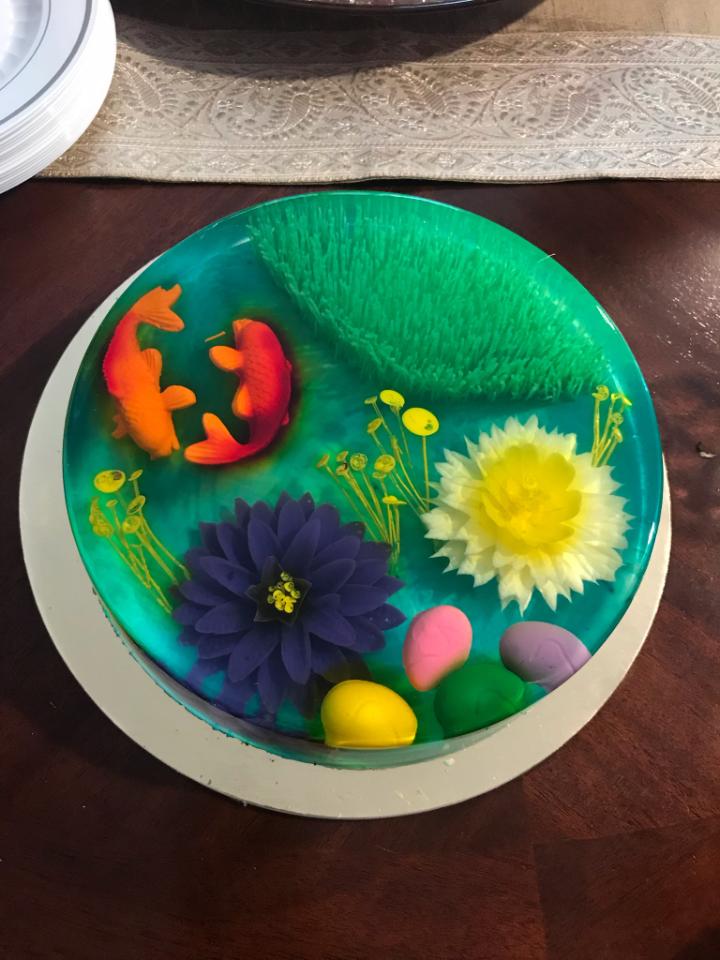
One of the many things I love so much about living in Southern California is the diversity. It is amazing that within an hour’s drive, I can find cuisine from just about any country imaginable. An added bonus to this abundance of different cultures: the opportunity to join in on some awesome cultural traditions. America has definitely proven it loves an excuse to party—Cinco de Mayo and St. Patrick’s Day, anyone? There’s a family-friendly, (predominately) Persian holiday that’s just around the corner. Unless you have Persian friends or live in a highly Persian populated area such as Irvine, Westwood, Beverly Hills, or Glendale (to name a few) you may have never heard of this…
What is this holiday? Nowruz (also commonly spelled Norooz)
Nowruz, quite literally, means “New Day.” Just as many Asian communities celebrate “Lunar New Year,” Nowruz is the Persian equivalent and is celebrated at the vernal (spring) equinox, which usually falls on or around March 20.
For those celebrating in the US it is celebrated precisely at the time when it (the plane of Earth’s equator passes through the center of the Sun) occurs in Tehran, Iran; whether that be at midnight or at 4:00am! My husband, who happens to be Persian, can attest to being awakened in the wee hours as a child, with a phone in his face, a family friend or relative on the line yelling, “Eide shoma mobarak!/Happy New Year!” in his ear, and being given money (just as is custom for Chinese New Year), before rolling over and falling back asleep! (Check out the short story at the bottom of this post for more on this!)
As mentioned, Nowruz is predominately celebrated by Persians (Iranians**) but is also celebrated by populations in Afghanistan, Albania, Azerbaijan, China, Georgia, India, Iraq, Kazakhstan, Kyrgyzstan, Pakistan, Russia, Syria, Tajikistan, Turkey, Turkmenistan, and Uzbekistan.
Is this a religious holiday? Yes and no. The holiday itself has been celebrated for over 3,000 years by various civilizations and religious backgrounds.
These celebrations stem primarily from Zoroastrian traditions and have evolved over time and vary by region. (Zoroastrian theology is very similar to many North and South American Native belief systems as well as Pagan theology in that a great emphasis is placed on nature such as the sun, moon, stars, and natural elements).
The Nowruz holiday celebrates Spring, but also renewal.
Today, it is predominately a secular (non-religious) celebration but continues to be a holy day for those of the Zoroastrian and Baha’i faiths. Who commonly celebrates Nowruz in the US? As mentioned, primarily Muslim, Baha’i, and secular Persians. With Jewish Persians, it’s a toss-up: some families do, others don’t.
Nowruz—itself—is a single day. However, there are some beautiful traditions and a few celebrations held at different times before and after:
Haft Seen (Haft = 7 + Seen = the letter “S” = the 7 “S”’s), a beautiful table display representing Spring:
I liken this tradition to the decorating of a Christmas tree coupled with the symbolism of a Jewish Seder tray. Each sofreh (table display) is highly symbolic and equally as personal. Some haft sin sofrehs are extremely intricate and ornate while others are minimal and plain. Despite these style variances, these are the 7 “S” items that are a constant on every haft seen display:
- Sabzeh (wheat, barley, mung bean, or lentil sprouts grown in a dish): symbolizes rebirth
- I always enjoy watching my mother-in-law lovingly tend to her sprouts each year
- Samanu (a sweet pudding made from wheat germ): symbolizes affluence
- Senjed (a sweet, dried fruit from the lotus tree): symbolizes love
- Serkeh (vinegar): symbolizes age and patience
- Serkeh replaced sharab (wine) after the Islamic conquest of Persia, as wine (consuming alcohol) is considered haram (sinful) in the Koran.
- Sib (apple): symbolizes beauty and health
- Sir (garlic): symbolizes medicine
- Somaq (sumac): its color represents a sunrise and the coming of a new day
Additional items commonly found on a haft seen display:
- Ayehneh (a mirror): the mirror and its inherent reflections symbolize the sky as well as personal reflection/introspection, creativity, and hope for the future
- Shirini (sweets) such as toot (a mulberry fruit marzipan confection) and baklava and/or assal/shahd (honey/nectar), and/or sohan (a saffron and honey brittle): to bring sweetness to your life
- Sham (candle): symbolizes energy
- Tokhmeh morg (decorated eggs): one for each member of the family, symbolizing fertility
- Sang (stones): symbolizing earth
- Mahi (a fish in water—usually a goldfish): the swimming of the fish in the bowl symbolizes the turning of the earth and the change of seasons as well as water representing infinity due to its infinite property and the fish represents life within the infinite space
- Sekkeh (coins, in a bowl of rice): you run your hands/fingers through the rice and coins to symbolize good fortune literally and figuratively
- Sepand (Syrian Rue): this is burned to clean/purify the home
- Sonbol (Hyacinth flower): which sprouts each Spring to symbolize renewal and nature’s beauty
- Rose water, in a bowl: symbolizes cleansing
- An orange floating in water: symbolizes the earth floating in space
- Ketab (book): the book displayed varies from home to home, depending on personal beliefs. Most commonly, a Koran is used; however, a Torah, Bible, Avesta (Zoroastrian), Kitáb-i-Aqdas (Baha’i), or if secular, the Divan of Hafez or Shahnameh (Persian epic poem) will be represented.
- Figurines of Amoo Nowroz (a bearded old man, very much akin to Santa Claus in many aspects) and Haji Firooz (a black-face/sooty peasant, who dances and sings with a tambourine in the streets during Nowruz; symbolizing joy despite one’s position in life)
- Haji Firooz is somewhat controversial due to his black-face and there are differing opinions on the origins and symbolism of the black-face. A few opinions:
- Some say his face is black from his life as a peasant/serf and symbolizes that joy can be found in life regardless of station/class
- Others think the black-face is a result from returning from the world of the dead and his jubilation a result of rebirth
- Lastly, others speculate this is a historical reference/carryover of early Mesopotamian/Zoroastrian celebrations where the face was blackened with soot and/or black masks were worn.
- Regardless, you will still find Haji Firooz included in many haft seen displays.
- Haji Firooz is somewhat controversial due to his black-face and there are differing opinions on the origins and symbolism of the black-face. A few opinions:
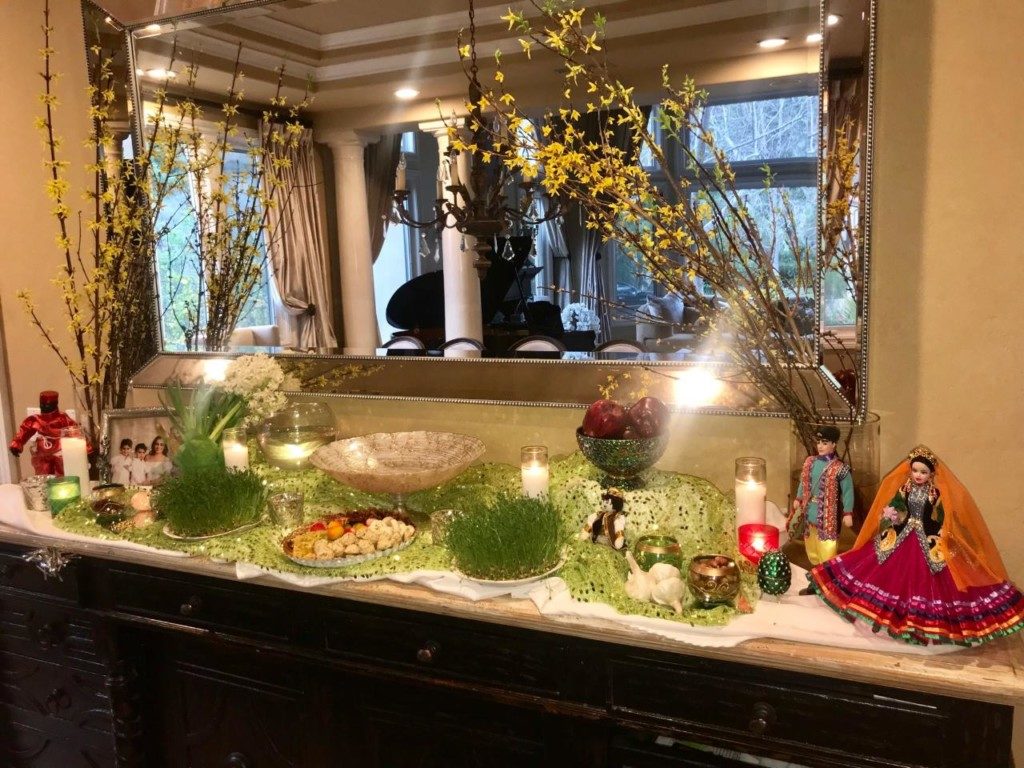
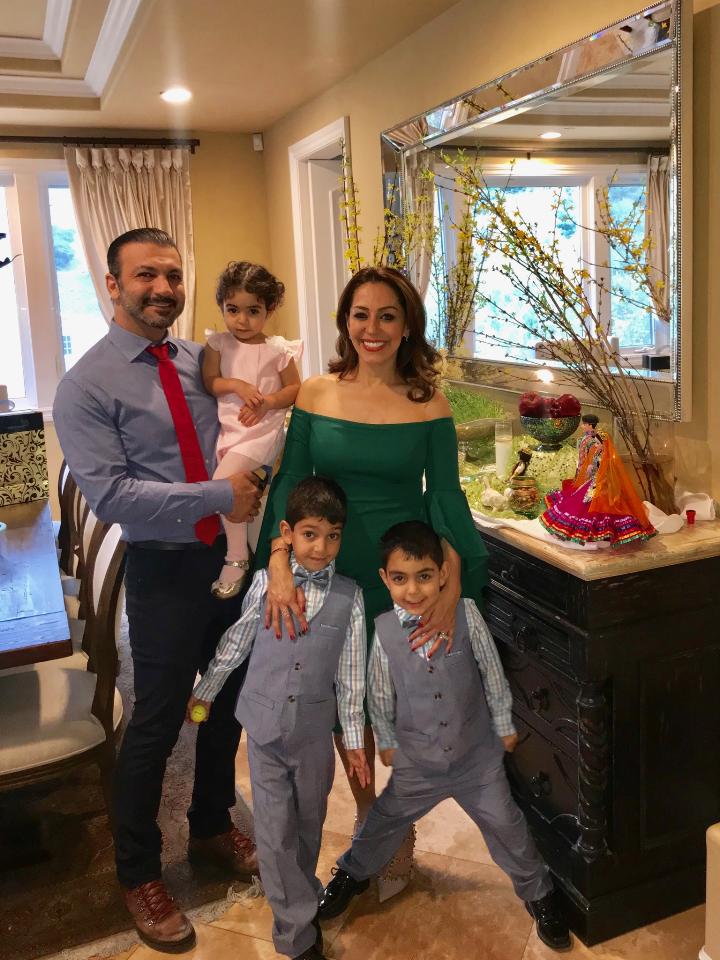
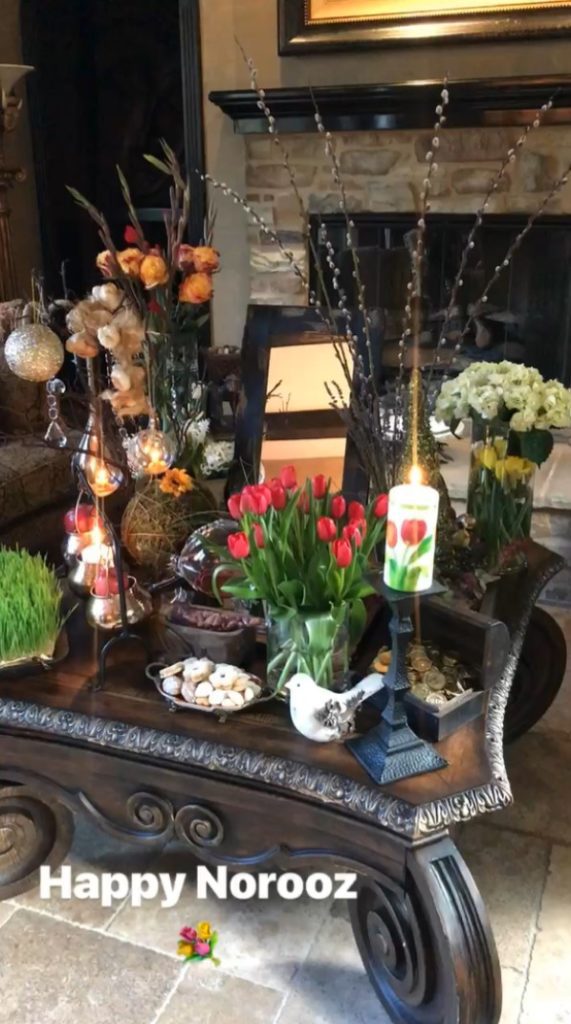
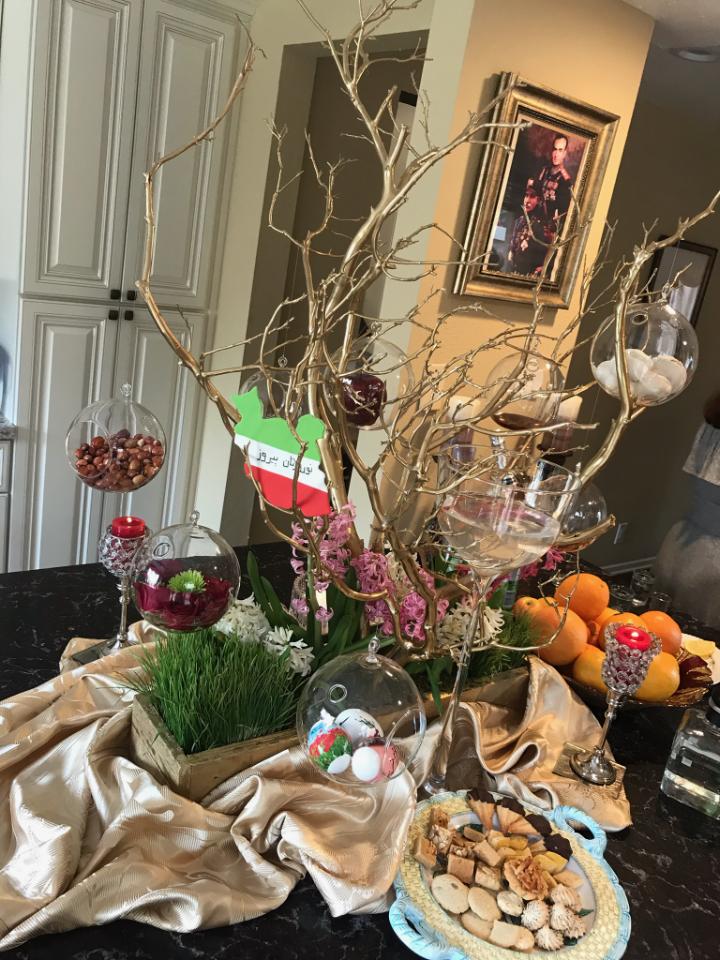
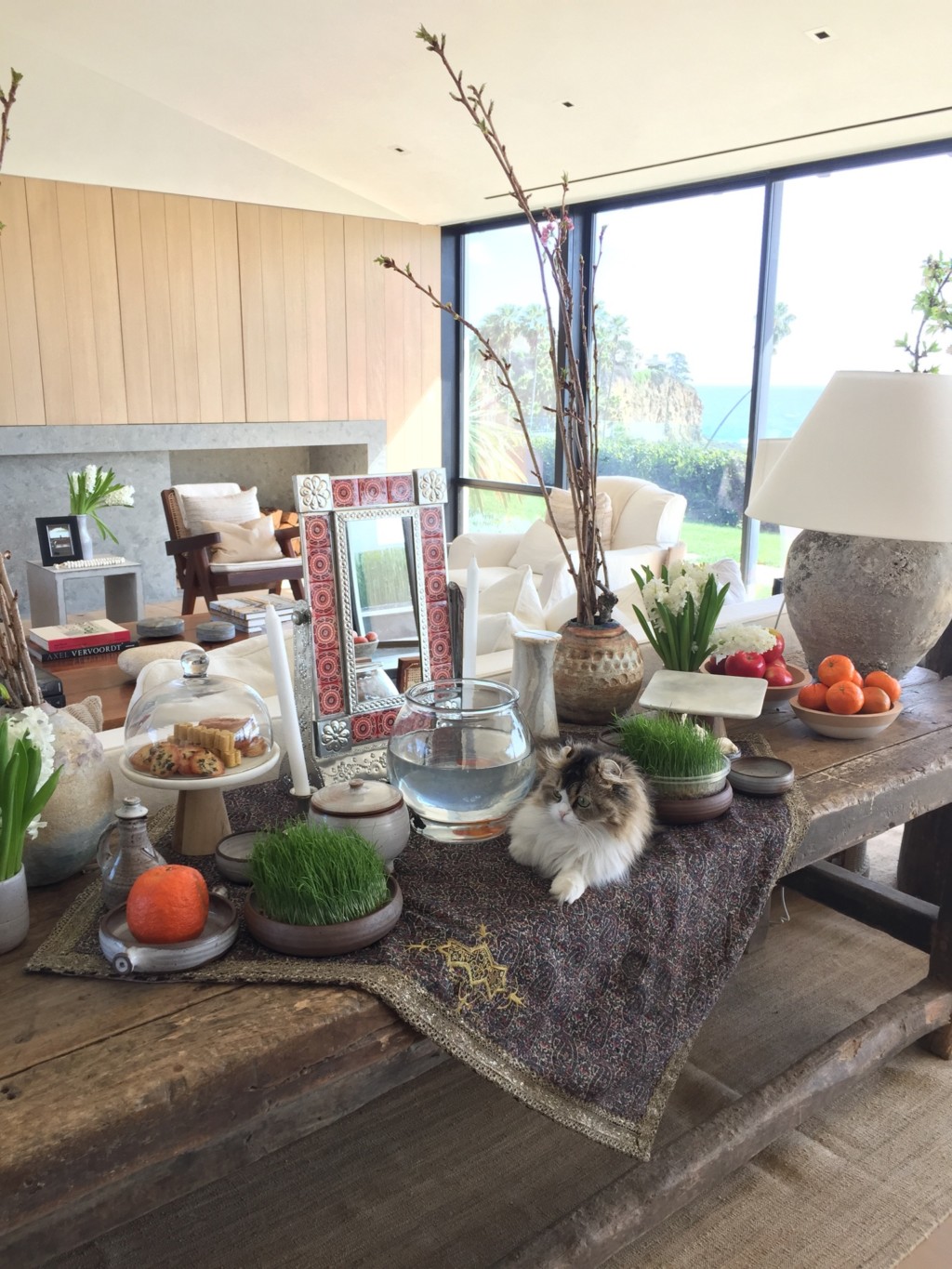
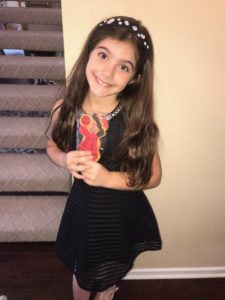
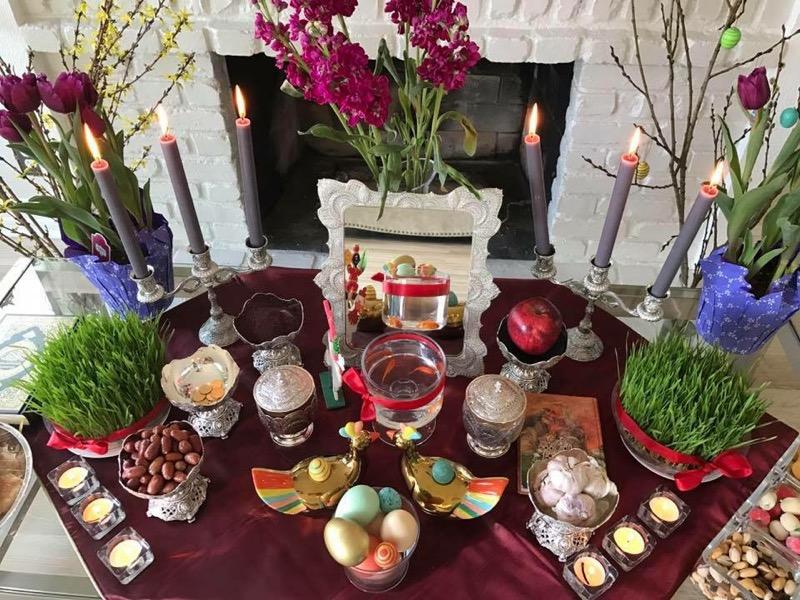
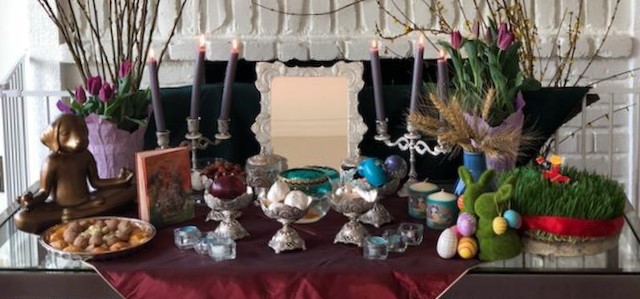
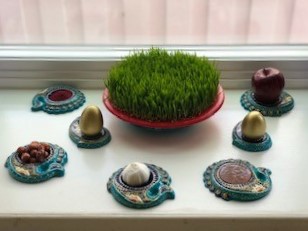
Nowruz feast:
Some families prefer a small, intimate gathering whereas others come together for an all-out fête. Regardless, you’ll find a lavish spread with any combination of the following:
- Kookoo sabzi (an herb-heavy frittata)
- Mahi (fish, specifically white-fleshed fish) with sabzi polo (a delightfully aromatic rice infused with loads of dill, other herbs, and fava beans)
- Dolmeh (stuffed grape leaves)
- Shirin polo (translation: sweet rice, which I personally believe could be one of the most beautiful dishes found in any type of cuisine anywhere in the world—a heaping mound of perfectly fluffy white and saffron infused basmati rice mixed with shredded sweet carrots, raisins, barberries (zereshk), orange peel and almonds)
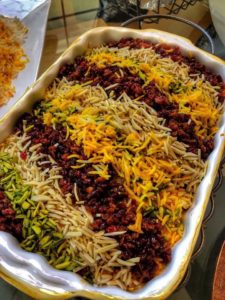
- Heaping serving dishes of sabzi khordan (fresh herb platters of mint, basil, radish, tarragon, parsley, and green onions, which may or may not be accompanied with paneer (Bulgarian feta) and soaked walnuts)
- Ash-e reshteh (a thick, hearty vegetarian noodle, herb, and bean soup)

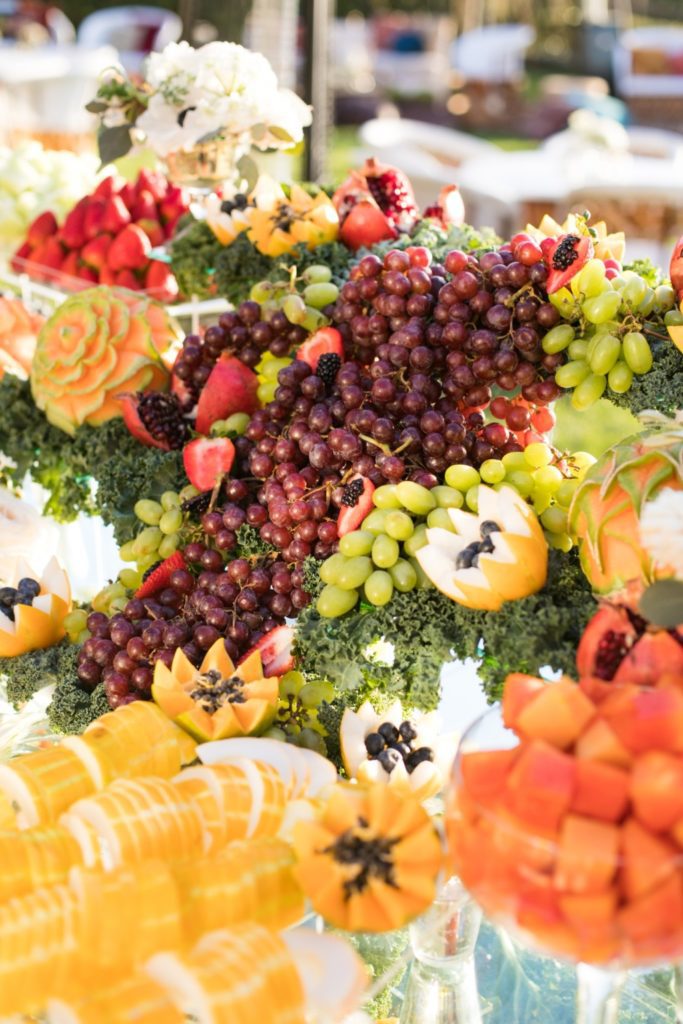
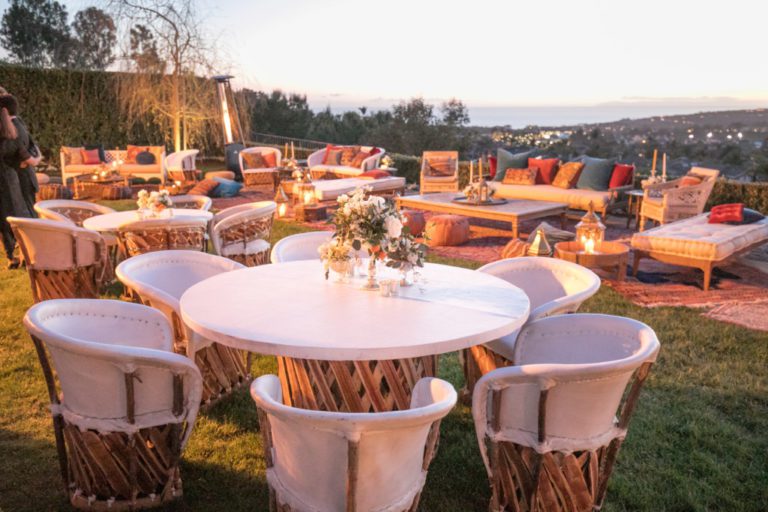
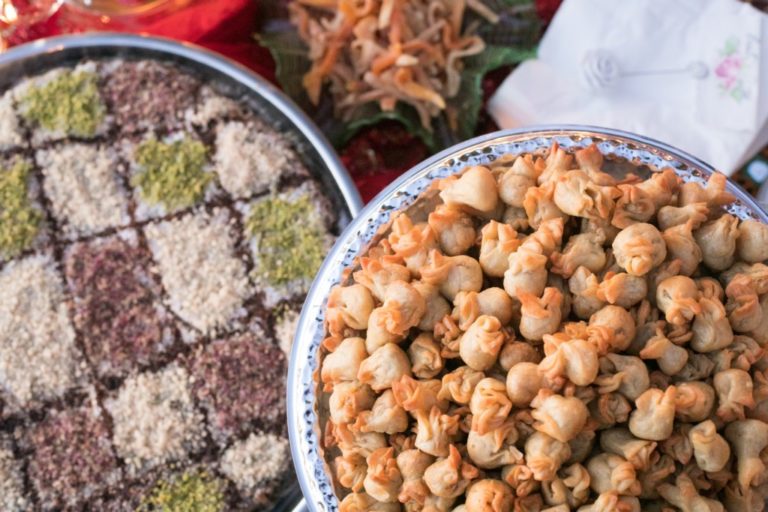
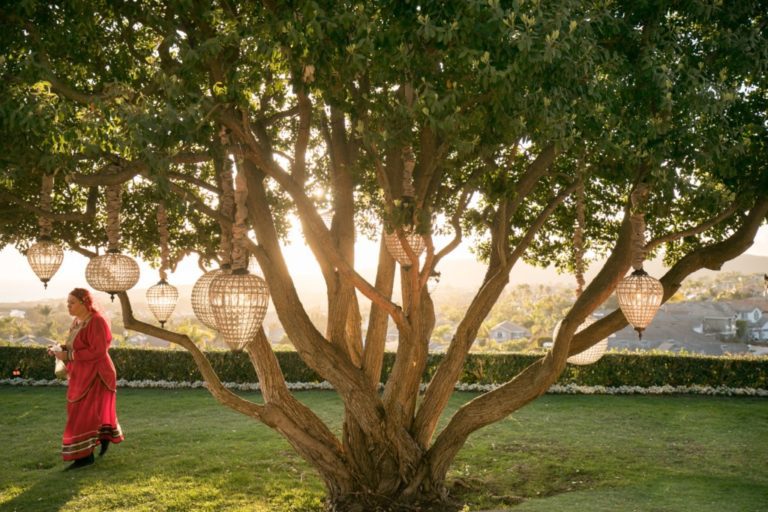
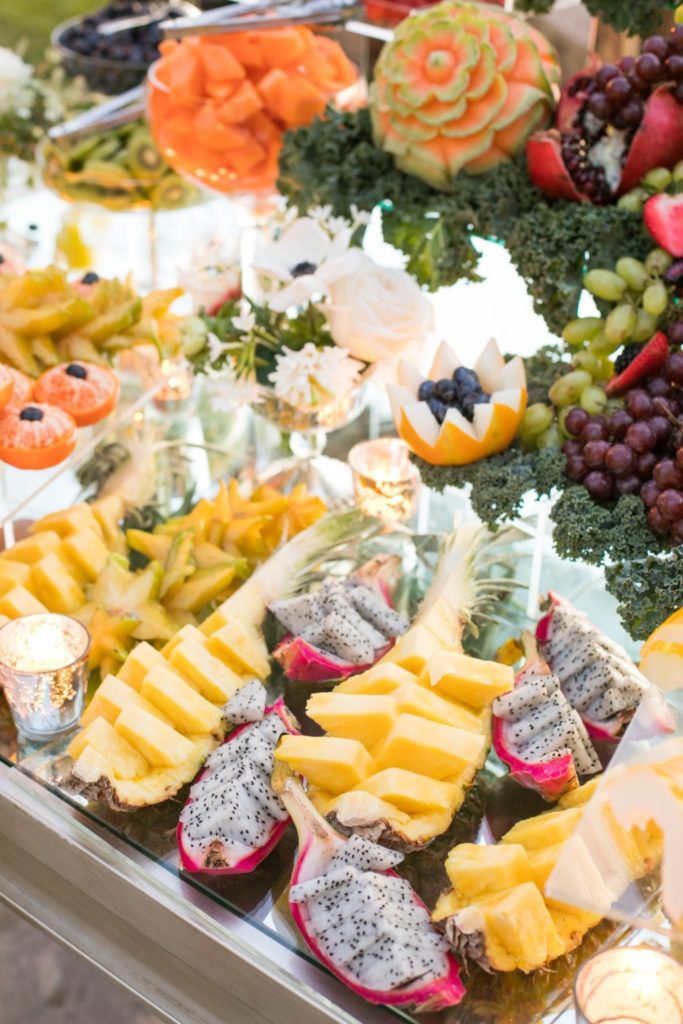
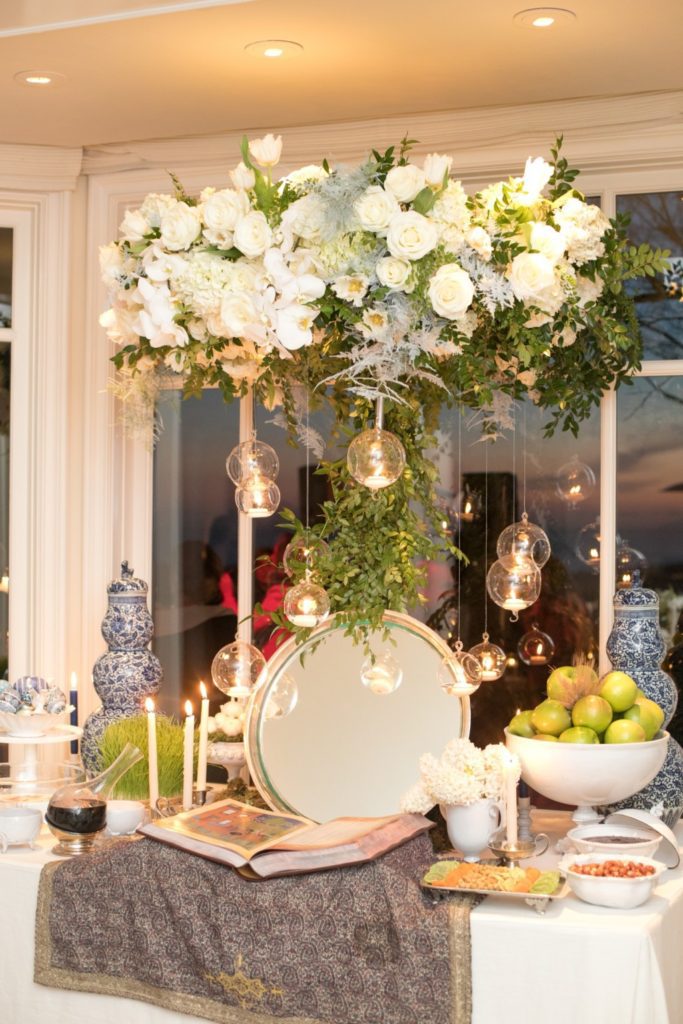
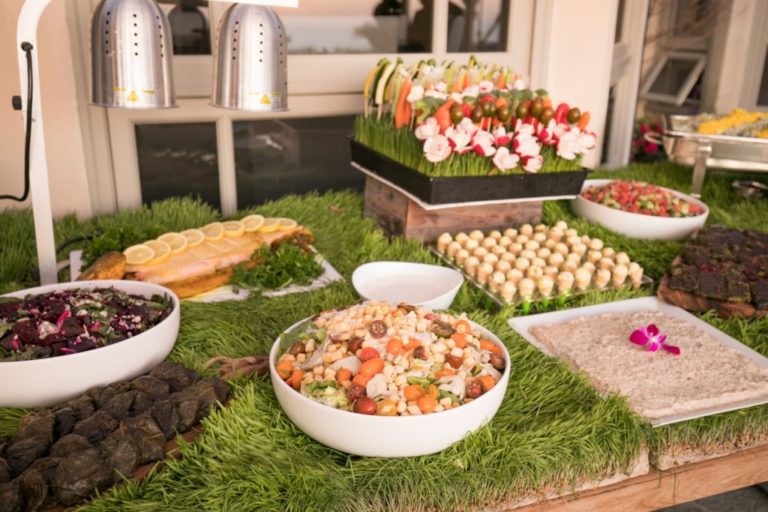
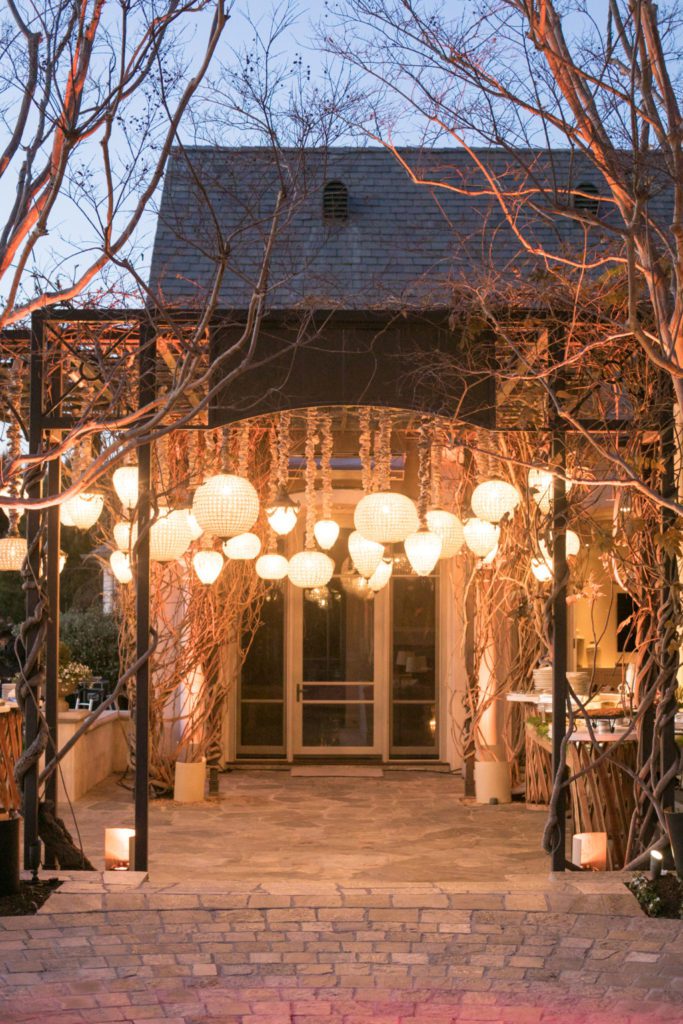
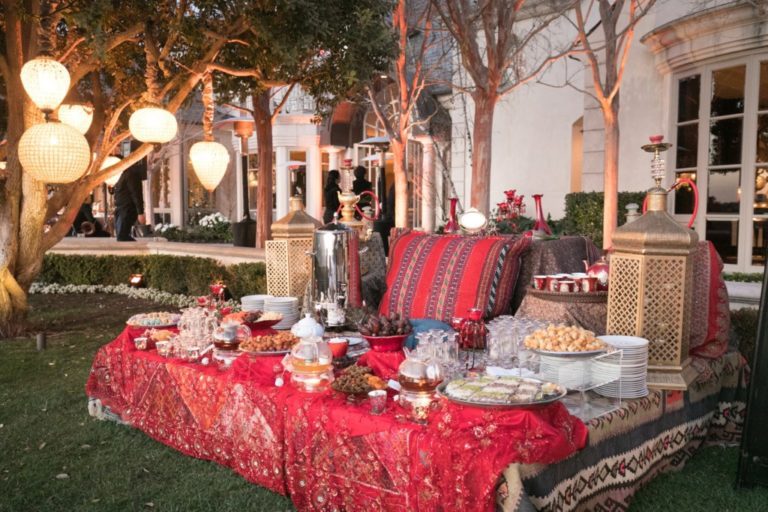
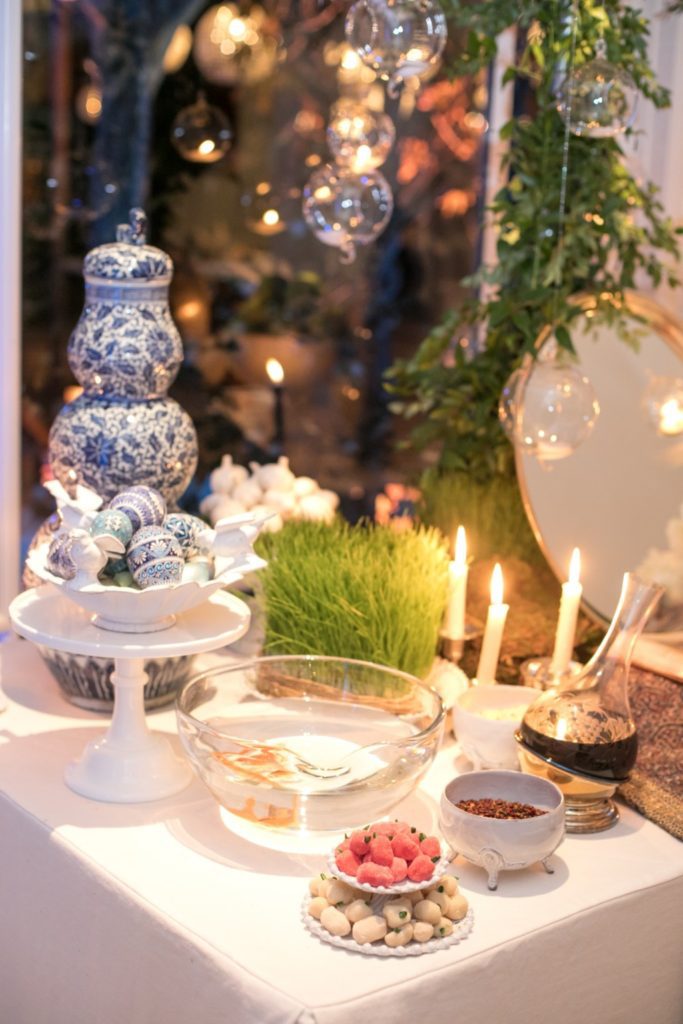

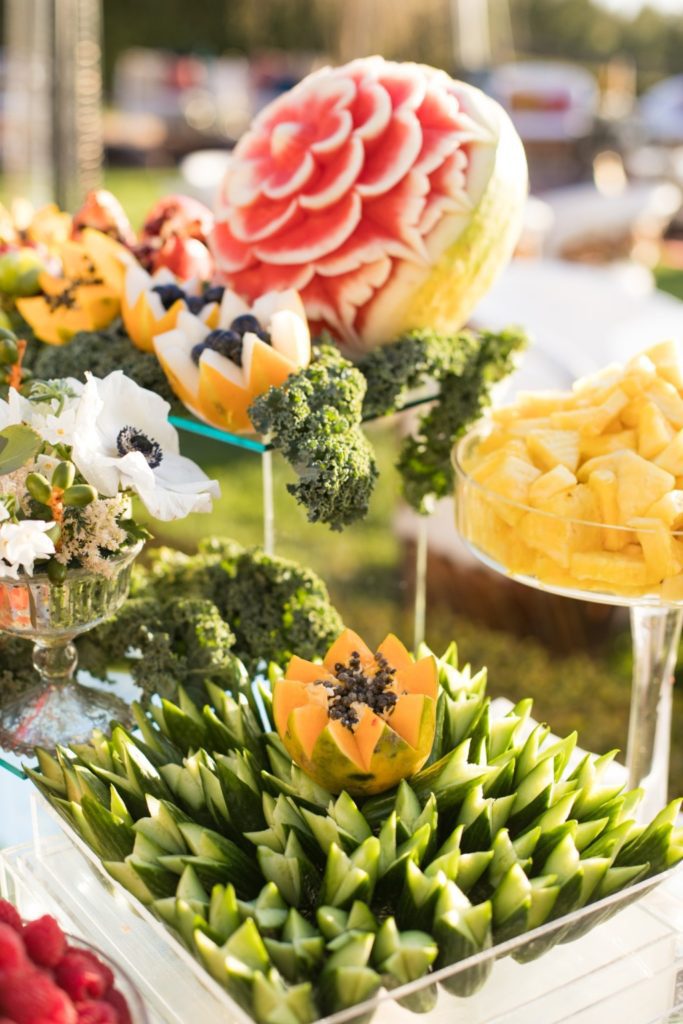
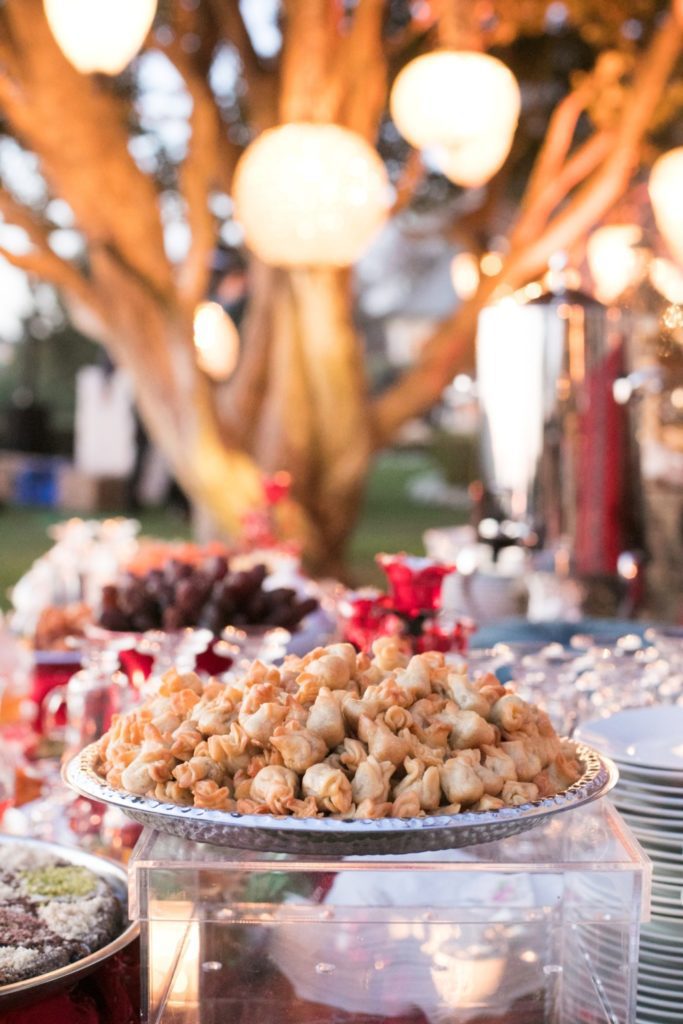
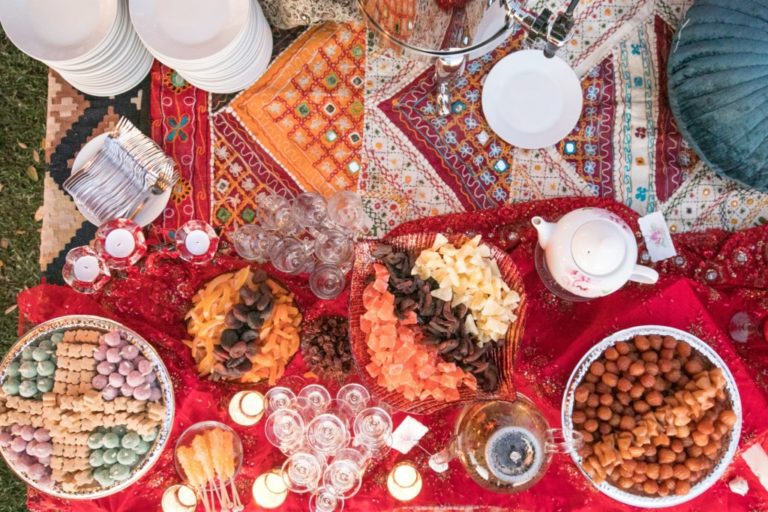
Chaharshanbe Suri, the fire celebration:
Do you have keen memories of waving around sparklers—and possibly chasing a sibling and/or cousin or two—on Independence Day? Do you love fire? Yes?! Then Chaharshanbe Suri is for you!
Chaharshanbe translates to Wednesday, and suri translates to red or more closely, ruddiness. As such, at sunset on the Wednesday prior to Nowruz, families gather outside and light a fire (sometimes several) in a small container and family members (willing and able to partake) jump/leap over the fire. This originally served as a purification ritual, but is now simply a fun family tradition.
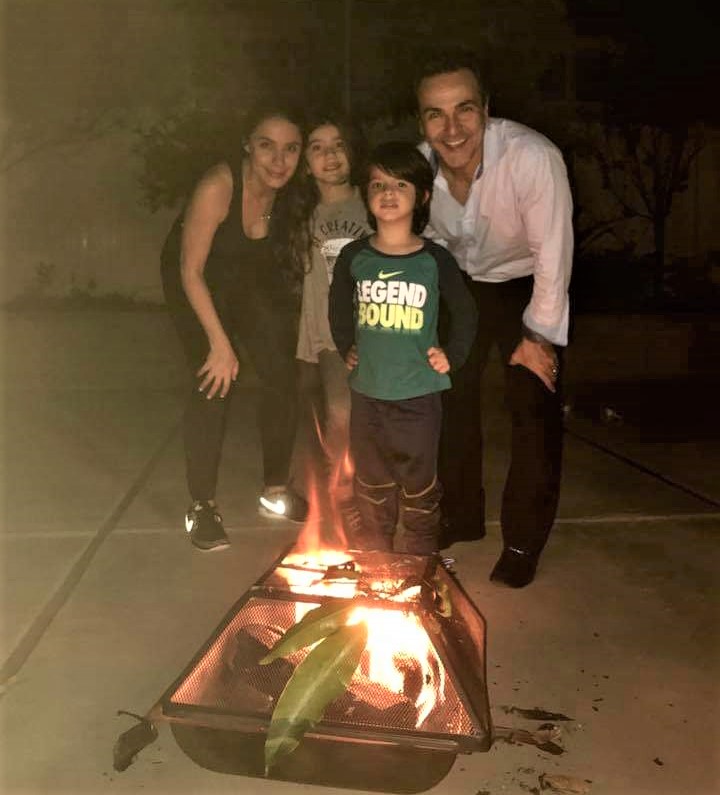
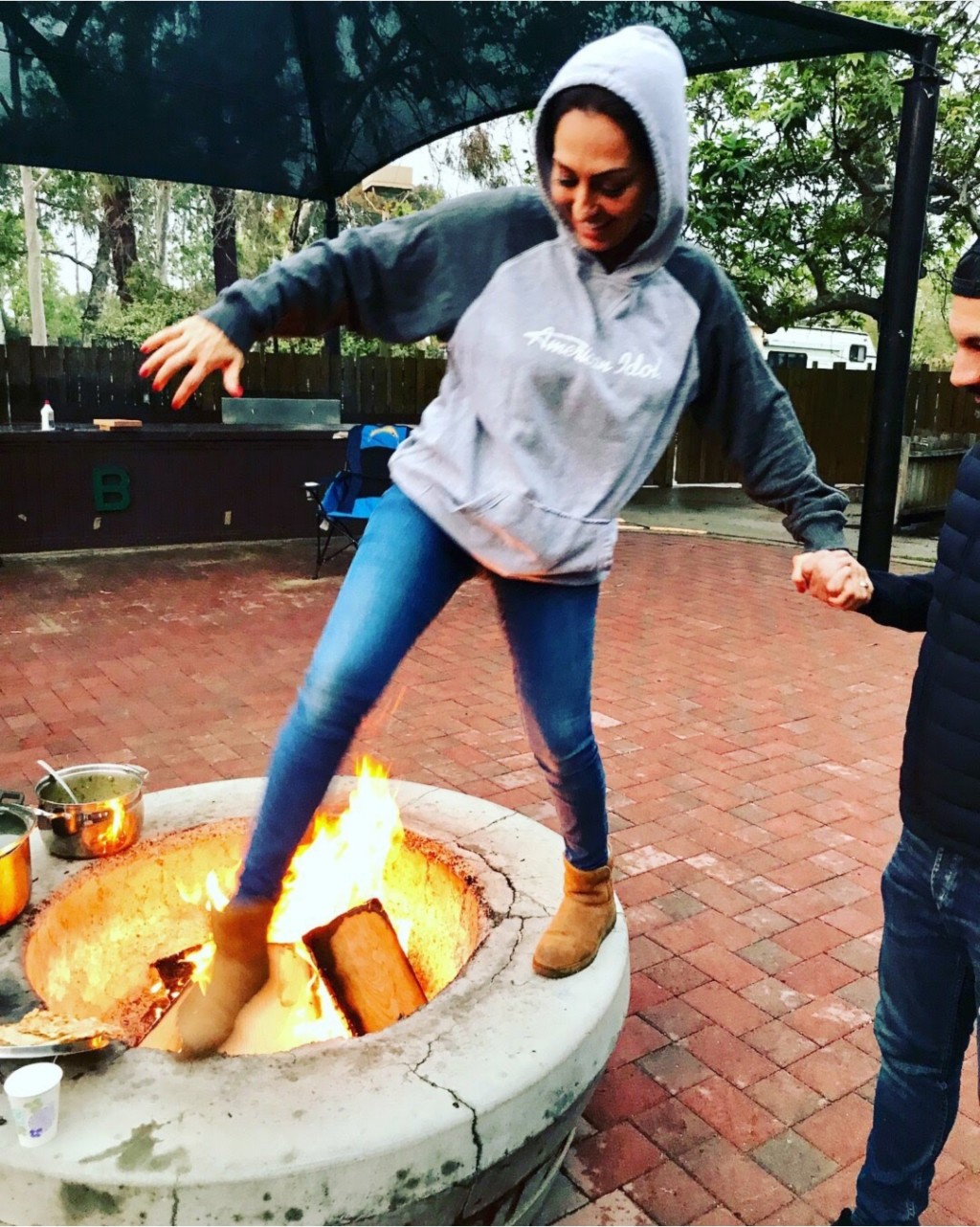
Sizdeh Bedar, the PARTY at the park:
Does a picnic in the park where lots of eating, dancing, and socializing are par for the course, and even a deejay, kids events, plus fabulous people-watching sound right up your alley? Then you need to join the Persians in the park for Sizdeh Bedar.
Here in Orange County, Irvine’s William R. Mason Regional Park is where it’s at. Sizdeh Bedar literally translates to “13 outdoor.” Tradition states it’s unlucky to stay at home on the 13th day of the New Year. As such, Persians flock to “the park” to celebrate. Nowruz (and its affiliated celebrations) is not a recognized holiday in the US as it is in Iran. Thus, Sizdeh Bedar is observed the second Saturday after Nowruz.
At the park you’ll see booths for various Persian organizations, possibly a few dance and DJ areas, performances of traditional dance and music, and of course families strewn about picnicking on the grass eating kookoo sabzi and kotlet (ground meat, potato, and egg fritters). Each family brings their tray of sprouts to the park, as it is tradition to dispose of the sprouts outdoors on Sizdah Bedar.
A few recommendations for Sizdeh Bedar:
- I recommend arriving early, if parking is a concern for you.
- It’s crowded and a lot of fun.
- Be prepared for someone to pull you onto the dance floor and/or to invite you over to their picnic.
- Most importantly, have fun and don’t be afraid to introduce yourself and inform them this is your first time going to “the park” for Sizdah Bedar—they will be happy to welcome you to the party and tell you all about this ancient celebration.
** A note on the correct pronunciation of Iran/Iranian: PLEASE pronounce Iran as Ee-rahn/Ee-rahn-ee-an, not Eye-ran/Eye-rain-ee-an)
Early Morning: A Nowruz Tale
By Heather Eftekhari
Orange County, Sunday, March 20, 1988:
1:30am: 7 year old Omid is asleep in his bed.
1:34am: In a hushed voice, “Omid jan… Madar… Azizam… wake up…” says his mom.
1:37am: Omid stumbles into his parent’s room, his mom is fussing with the AM radio trying to get a signal with the phone extended as far as it can next to her with international calling card at the ready. Nothing but static as she turns the radio dial—then it comes in: the unmistakable sound of traditional Persian music with an excited yet stern voice speaking Farsi, none of which he can discern at this early hour.
1:38am: It’s time. Nowruz is here. An eruption of, “Eidet Mobarak!” from the radio, his siblings, and parents. The music ramps up to an upbeat, celebratory tempo and then it begins…the busy signals and phone calls. An onslaught of cheer from near and far, phone passed from ear to ear to hear an excited, “Eid shoma mobarak!” Some voices he recognizes, others he does not.
1:52am: After pleadingly staring at his mom for the past few minutes, she gives a gentle nod signaling it’s okay to return to bed. As he starts for the room, his mom rushes to his side and says, “I almost forgot,” as she holds out the Koran to him. He opens it to find within the pages a crisp, brand new $5 bill. He takes it, hugs his mom and says, “Thanks, mom.” As tired as he is when he returns to his once-again cold bed, he cannot fall asleep. Try as he may, he will hear the din of the phone calls still being made and coming in, until sleep slowly comes over in an unsuspecting wash.
Source material for this post obtained from oral histories from family and friends as well as the following: Farhad Mohit, “Haft Seen, what do you mean?”: https://farhad667.wordpress.com/2009/03/06/in-search-of-the-haft-sin/; https://en.wikipedia.org/wiki/Nowruz; https://en.wikipedia.org/wiki/Amu_Nowruz; https://en.wikipedia.org/wiki/Hajji_Firuz



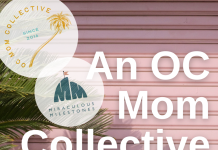


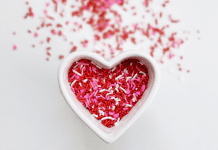






Thank you for such useful information!
You are very welcome! I am glad you enjoyed it.
Very interesting! Thanks for the culture lesson!😘
Thank you !!!
Comments are closed.